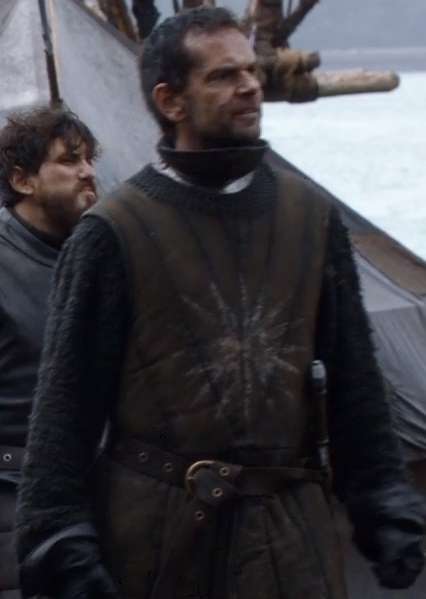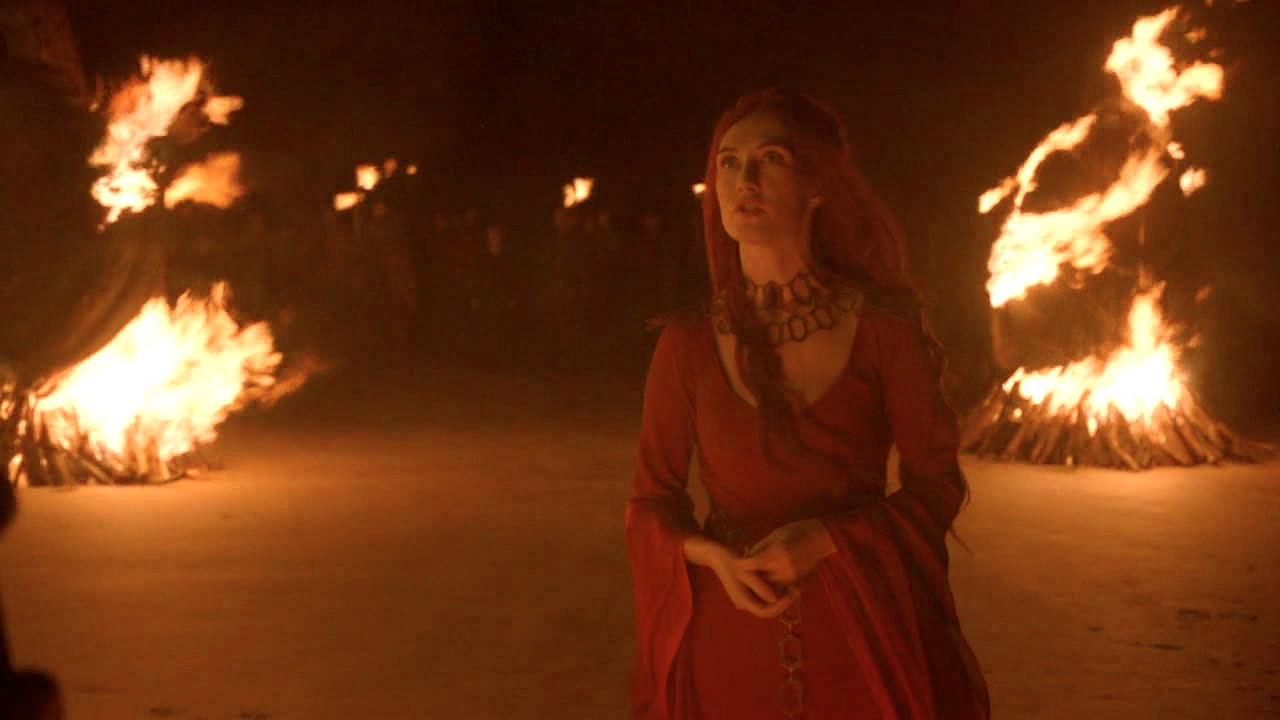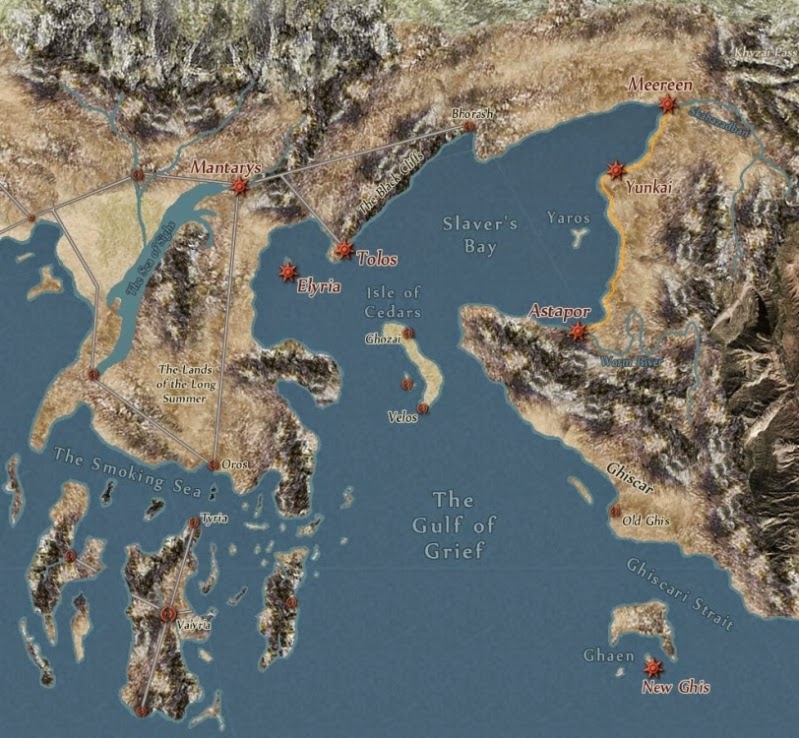

- #The long night summer islands game of thrones movie#
- #The long night summer islands game of thrones tv#
The problem is, not everyone’s TV or viewing environment can support this style of art. The Night King casts a wintry fog for a reason: You aren’t supposed to see what’s coming until it is right on top of you. Rather than add lighting to the battle-by-night scene, HBO shot with extremely high-end cameras and with just enough light to give the scene the feel the directors wanted. That approach, apparently, extends to making the show look as “naturalistic as possible,” according to Insider. Cinematography and high-quality digital graphics are blended with the expertise of Hollywood’s finest.
#The long night summer islands game of thrones movie#
HBO, understandably, approaches its most-watched show with the type of artistic vision shared by the world’s greatest movie directors.

The problem is there isn’t enough data getting through - be it due to compression, throttled bitrate, or a slow internet connection - and you get messy images as a result. Objects may appear blurry or blocky, almost as if there was a signal dropout. Fast-moving scenes require huge amounts of data, and when that data is removed, you miss it. Some may also have noticed that when the action in the episode was particularly fierce and fast, it began to get blurry. And in the case of this GoT episode, which took place entirely at night, there was a lot of darkness going on. The TV shows you watch all exhibit some level of macroblocking and banding - it’s always been there - it’s just that these effects are more noticeable in dark scenes with a lot of dark grays and black patches on the screen interrupted periodically by, say, flames spewing from a dragon’s mouth. Rather than appear as a smooth transition, you will see bands of different colors. Then there is an effect called banding, which comes into play where there is a high contrast between a bright area in one part of the screen and a much darker one in another, with subtle shades in between. Clouds, for example, may look less like puffy white and gray pillows and more like something out of a Lego movie. In scenes where there are large areas of one color, you may notice large squares - or blocks - of slightly different shades. Macroblocking looks a lot like the word sounds. With video compression, these artifacts show up as pixelation or as an effect known in TV circles as macroblocking.

With music, you may hear raspiness in the treble - the higher frequency sounds made by brass instruments and cymbals - as a result of this missing information. Information is actually removed from a digital music file, ideally in a way that has the lowest possible impact. In many ways, this process is similar to the compression of music and thus has a similar effect. To get you the TV you want to watch, compression is applied to video so it uses less data and is easier to deliver reliably. The same issue exists for video streamed over the internet, with high-resolution 4K video increasingly taxing internet pathways.

Video compression has been employed by cable and satellite operators for decades now - there are simply too many channels to try to cram through a very limited space, and the hefty bandwidth needs of high-definition video compound that problem. Whether you watch HBO through your cable/satellite box, stream Game of Thrones through HBO’s streaming apps HBO Go or HBO Now, or stream HBO through a Hulu, Sling TV, or Apple TV subscription, the video signal you get is highly compressed. Fitbit Versa 3ĭid HBO make a poor artistic call by filming the episode in extremely low light? Was the show overly compressed to fit down clogged-up internet pipelines during peak-use hours? Or is there something going on with your TV or the room you are watching it in?


 0 kommentar(er)
0 kommentar(er)
